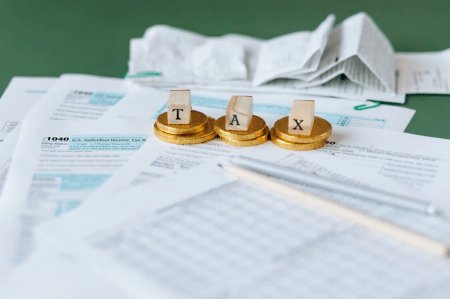Ensure your vehicle is safe and in optimal condition after a collision. Collision repairs can involve structural and mechanical adjustments, making thorough safety checks critical.
Following a repair, it’s important to carefully check for proper alignment, assess brake performance, and verify the functionality of airbags. These meticulous steps are essential in confirming that your vehicle meets stringent safety standards and is fully prepared for the road, providing you with the peace of mind you deserve after the repair.
Let’s walk through the essential inspections to perform after a collision repair, guaranteeing that your vehicle is safe and functioning properly.
Understanding the Scope of Collision Repair
Collision repair involves restoring a vehicle after an accident. This process typically involves assessing damage, replacing parts, and making cosmetic repairs to return the car to its pre-accident condition.
Choosing a reputable repair service is crucial, as it directly affects the quality of the work performed. High-quality repairs restore your vehicle’s appearance and ensure its structural integrity and safety.
Visual Inspection: Evaluating the Workmanship
A visual inspection is a crucial step in assessing the quality of collision repairs. This involves a comprehensive assessment of the vehicle’s exterior and interior after collision repairs.
- Exterior Checks
Begin your post-repair evaluation with a thorough visual inspection of the exterior. Check the alignment of body panels, doors, and windows. Misalignment can indicate poor repair work, compromising the vehicle’s structural integrity. Pay attention to the paint finish; a good collision repair will seamlessly match the original paint color and texture. Look for imperfections, such as uneven surfaces or mismatched hues, as these can be signs of subpar workmanship.
- Interior Checks
Next, shift your focus to the interior of the vehicle. Ensure that all dashboard indicators function correctly. Warning lights should remain off unless an underlying issue exists. Test the electronics, including the radio, navigation system, and climate controls. Verify that the seats are aligned correctly and that seatbelts engage and retract smoothly. These elements are crucial for both safety and comfort.
This thorough evaluation helps identify issues affecting the vehicle’s safety and overall performance.
Mechanical Integrity: Confirming Operational Safety
Mechanical integrity involves assessing the vehicle’s essential components to ensure safe operation after collision repairs.
- Under the Hood
The next step involves checking your vehicle’s mechanical integrity and examining fluid levels, including oil, coolant, and brake fluid. Insufficient levels can affect performance and safety. Inspect the belts and hoses carefully for any visible signs of wear or leaks. Keeping the engine compartment well-maintained is crucial to ensuring that your vehicle performs at its best and lasts for a long time.
- Under the Car
Look at the undercarriage to inspect the suspension components, such as shocks, struts, and springs. These parts are vital for handling and ride quality, especially after collisions. Check the tire condition, ensuring that tread depth is adequate and that there are no visible signs of damage. A proper alignment is also essential for maintaining control while driving.
This thorough evaluation is crucial for confirming that the vehicle operates safely and reliably, minimizing the risk of future issues.
Electrical Systems and Sensor Functionality
Various electrical systems and sensors enhance safety and performance in modern vehicles. Verify the functionality of headlights, brake lights, and turn signals. All lights should be bright and functional to ensure visibility and communication with other drivers.
Additionally, the operation of parking assist and airbag sensors should be checked. Faulty sensors can lead to dangerous situations, especially in emergency scenarios.
Test Drive: Assessing Repair Effectiveness
Once you’ve completed the visual and mechanical inspections, it’s time to take your vehicle for a test drive. Pay attention to how the car handles, ensuring smooth steering and braking. Listen for unusual noises, such as clunks or rattles, which may indicate unresolved issues. The vehicle should respond predictably and comfortably; any deviations may signal further problems.
Professional Evaluation: When to Consult a Mechanic
If you notice any concerning signs during your inspections or test drive, it’s wise to seek a professional evaluation. A certified skilled mechanic can thoroughly assess and pinpoint any lingering issues from the collision repair. Look for signs such as abnormal noises, warning lights on the dashboard, or changes in handling. These indications suggest a second opinion to ensure your vehicle is safe and reliable.
Ensure Safety: Inspect, Drive, and Enjoy!
Performing thorough safety checks after a collision repair is crucial for your vehicle’s safety and longevity. You can confirm that your car is in top condition by following the outlined steps—visual inspections, mechanical integrity checks, and a test drive. These safety checks enhance your peace of mind and contribute to maintaining your car’s performance over time. Make routine checks and maintenance a part of your vehicle care to prevent future issues and ensure a safe driving experience.
Remember, regular inspections can prevent costly car repairs and ensure your safety on the road. Whether you’re getting collision repair in Houston, TX, or anywhere else, prioritize these essential checks for your vehicle’s well-being.







